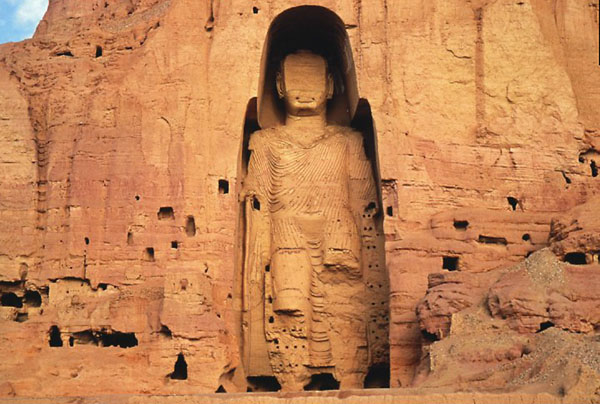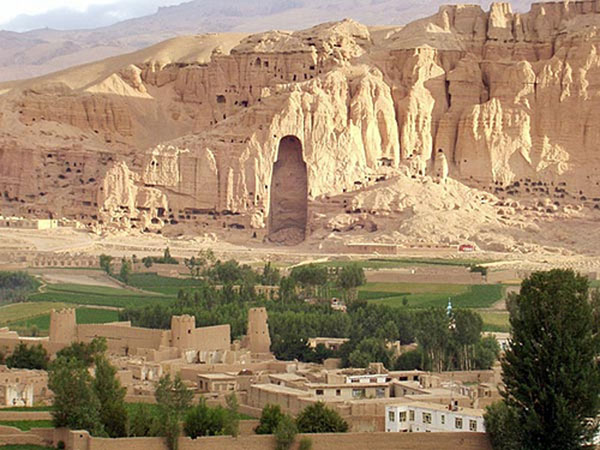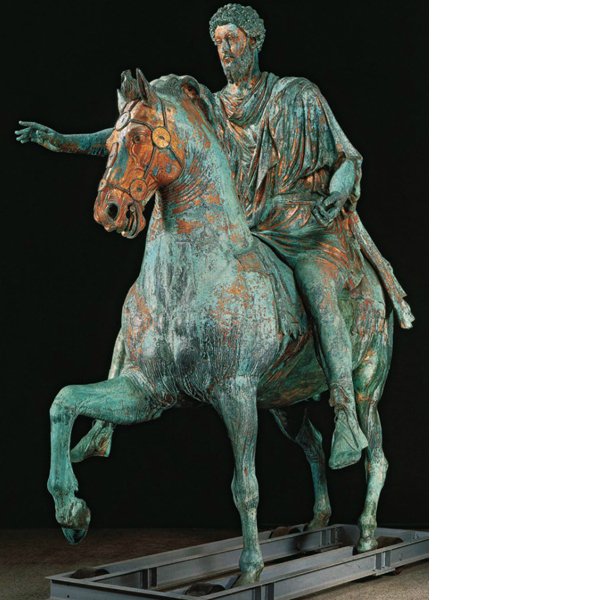|
Speaking of iconoclasm, here's a very sad example.

Standing Buddha, Bamiyan, Afghanistan, c. 5th century CE

Standing Buddha destroyed in 2001
...Bruno Latour said,
Have [religious icons] not been emptied by aesthetic judgment, absorbed by art history, made routine by conventional piety, to the point of being dead forever? On the contrary, it is enough to remember the reactions to the destructions of the Bamiyan Buddhas by the Taliban in Afghanistan, to realize that religious images are still the ones that attract the fiercest passions.
And here is an interesting book review from The Guardian that provides some nuanced background to the story.
In 1842 a British prisoner of Afghan soldiers recalled his captors firing idly at the statues and "cursing them as idols"; on the other hand, a 12th-century Islamic text titled The Wonders of Creation marvelled at these "talismanic" images and declared that "the Creator gives divine inspiration to His subjects to make such wonders". Tellingly, a member of a delegation of 11 Muslim clerics who pleaded with Mullah Omar to cancel the demolition, would later say that the Taliban "had no knowledge about Islam. They are so naive, they really can be influenced."
For some reason, my mind keeps pairing the lost Bamiyan Buddhas, with this statue of Marcus Aurelius (and his small-ish horse), which is not lots. The statue has survived by fluke. During the Medieval period, Christians destroyed a lot of classical Roman sculptures, and the bronze ones in particular were melted down for metal. This one survived because, as the story goes, the figure was at that time taken for Constantine, the emperor who had effectively legalized Christianity in 313 CE.
 Equestrian Statue of Marcus Aurelius, c.176 CE Equestrian Statue of Marcus Aurelius, c.176 CE
|



 Equestrian Statue of Marcus Aurelius, c.176 CE
Equestrian Statue of Marcus Aurelius, c.176 CE